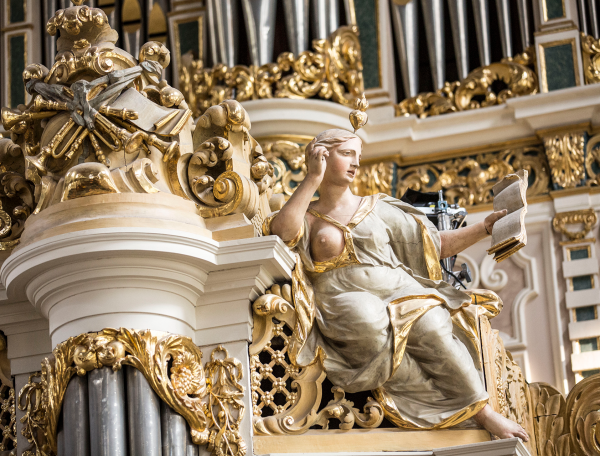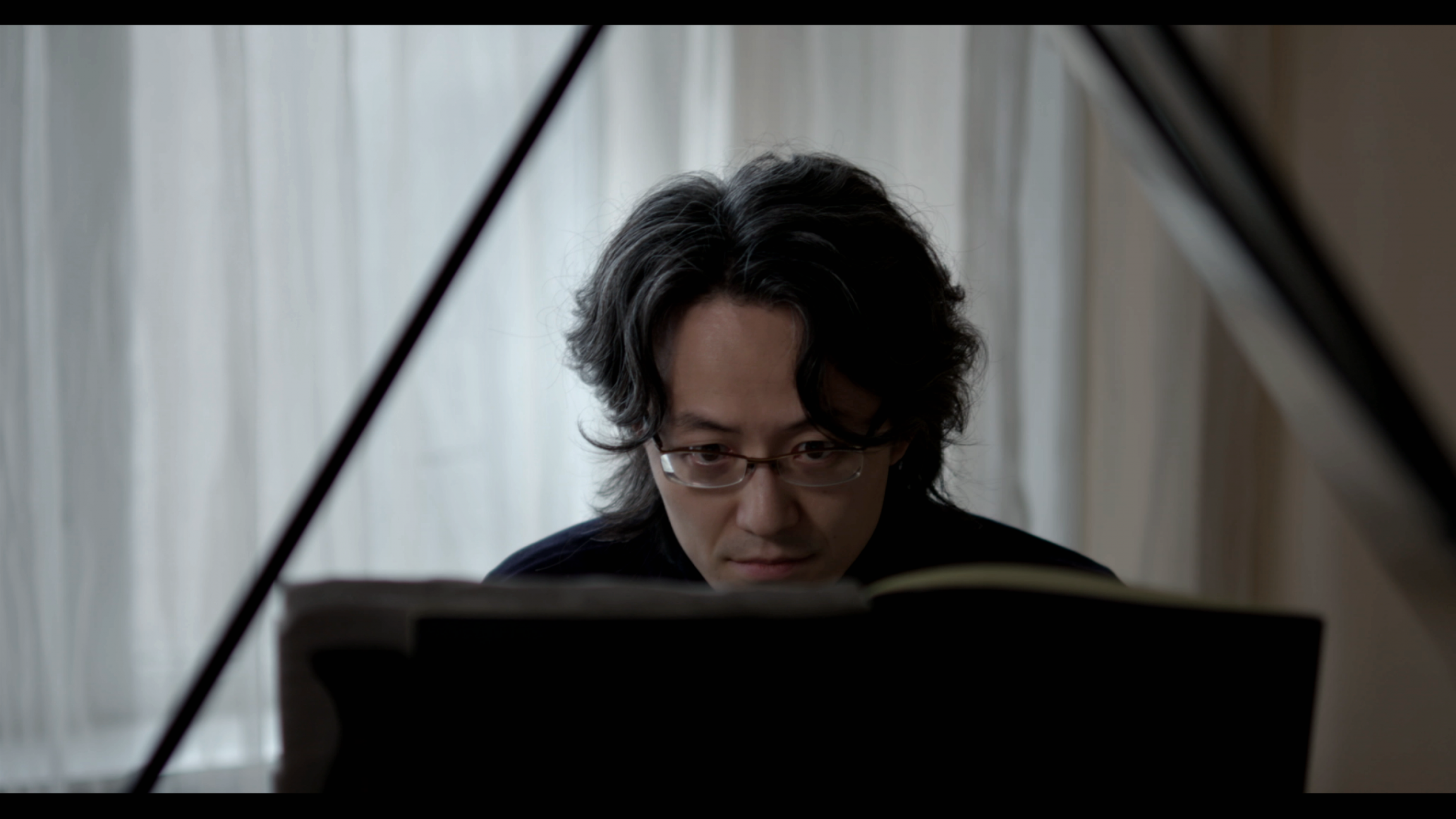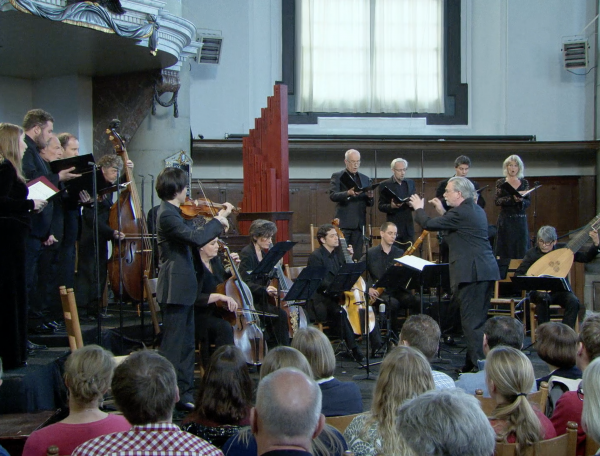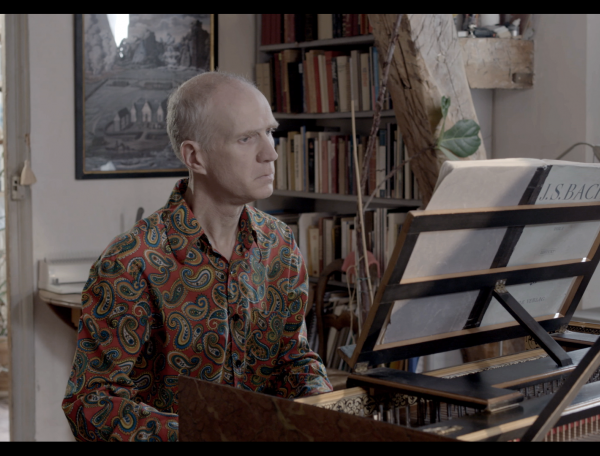

The Well-Tempered Clavier I No. 2 in C minor
BWV 847 performed by Masato Suzuki
at home in Voorburg, the Netherlands
Behind the music
The first minor
Like a hand-woven tapestry
C minor: the first prelude and fugue of Das Wohltemperirte Clavier in a minor key. Here, following the radiant C major, Bach gradually starts unfolding his view of the darker side of the labyrinthine world of the twelve keys.
The prelude is a geometric tapestry of embellished broken chords in a restless, continually repeated pattern: sharp, often dissonant highlights on the emphasised parts of the rhythm and continuous movement in between. At first, the pattern appears to be exactly the same, but on closer visual and aural inspection, it turns out that there are small variations here and there – just like in a hand-woven tapestry. At a certain point, a thread comes loose, which is then briefly interwoven even more tightly than at the beginning, only to unravel for good afterwards.
After the tight geometry of the prelude, the three-part fugue shows a more varied pattern. It is a fugue without exceptional contrapuntal tricks. Instead, Bach uses a short motif as the basis for practically the whole of his musical tapestry. The first few notes of the theme, heard right at the beginning of the piece, recur recognisably throughout the fugue in all sorts of variations. So alongside the actual fugue theme running through the piece, there are also other little threads as a continual reminder of the theme.
Das Wohltemperirte Clavier, BWV 846-893
Composing 48 keyboard pieces in all 24 keys was the sort of challenge Bach enjoyed. In each of the two parts of the Wohltemperirte Clavier, he brought together the musical couple prelude and fugue 24 times; twelve in minor keys and twelve in major. In the preludes, he gave free rein to his imagination, and demonstrated mathematical tours de force in the fugues. In contrast to the iron discipline Bach had to apply to his church compositions, here he could abandon himself to intellectual Spielerei without worrying about deadlines.
The first part of the Wohltemperirte Clavier dates from 1722, although it contains some music that was written in the preceding five years. There is less clarity about the history of part two. Bach compiled this second manuscript only around 1740, although once again some of the preludes and fugues it contains date from a much earlier period. Bach described the target group for this collection of pieces as follows: ‘Zum Nutzen und Gebrauch der Lehr-begierigen Musicalischen Jugend, als auch dere in diesem studio schon habil seyenden besonderem ZeitVertreib’ (For both the education of the industrious musical youngster and the enjoyment of those well-versed in this material’).
- BWV
- 847
- Title
- Prelude and fugue in C minor
- Epithet
- no. 2 from the Well-Tempered Clavier I
- Instrument
- harpsichord
- Genre
- harpsichord works
- Serie
- Das Wohltemperirte Clavier I
- Year
- 1722 or earlier
- City
- Cöthen (or Weimar?)
With support from
Prins Bernhard Cultuurfonds
Extra videos
Vocal texts
Original
Translation
Credits
-
- Release date
- 26 August 2016
-
- Recording date
- 3 December 2015
-
- Location
- Voorburg
-
- Harpsichordist
- Masato Suzuki
-
- Harpsichord
- Willem Kroesbergen, Utrecht 1987 after J. Couchet
-
- Camera
- Gijs Besseling
-
- Music production, editing and mix
- Guido Tichelman
-
- Director
- Jan Van den Bossche
-
- Interview
- Gijs Besseling
-
- Subtitles interview
- Geert van Bremen, Atsuko Kohashi
-
- With support from
- Prins Bernhard Cultuurfonds
Discover
Help us to complete All of Bach
There are still many recordings to be made before the whole of Bach’s oeuvre is online. And we can’t complete the task without the financial support of our patrons. Please help us to complete the musical heritage of Bach, by supporting us with a donation!

